Abandoned cities hold a haunting beauty. They tell stories of forgotten times. Each one whispers of a life left behind. Their eerie silence captivates the imagination. As you explore these places, you feel the weight of history. These ghostly remnants remind us of how fragile civilization can be.
Pripyat, Ukraine
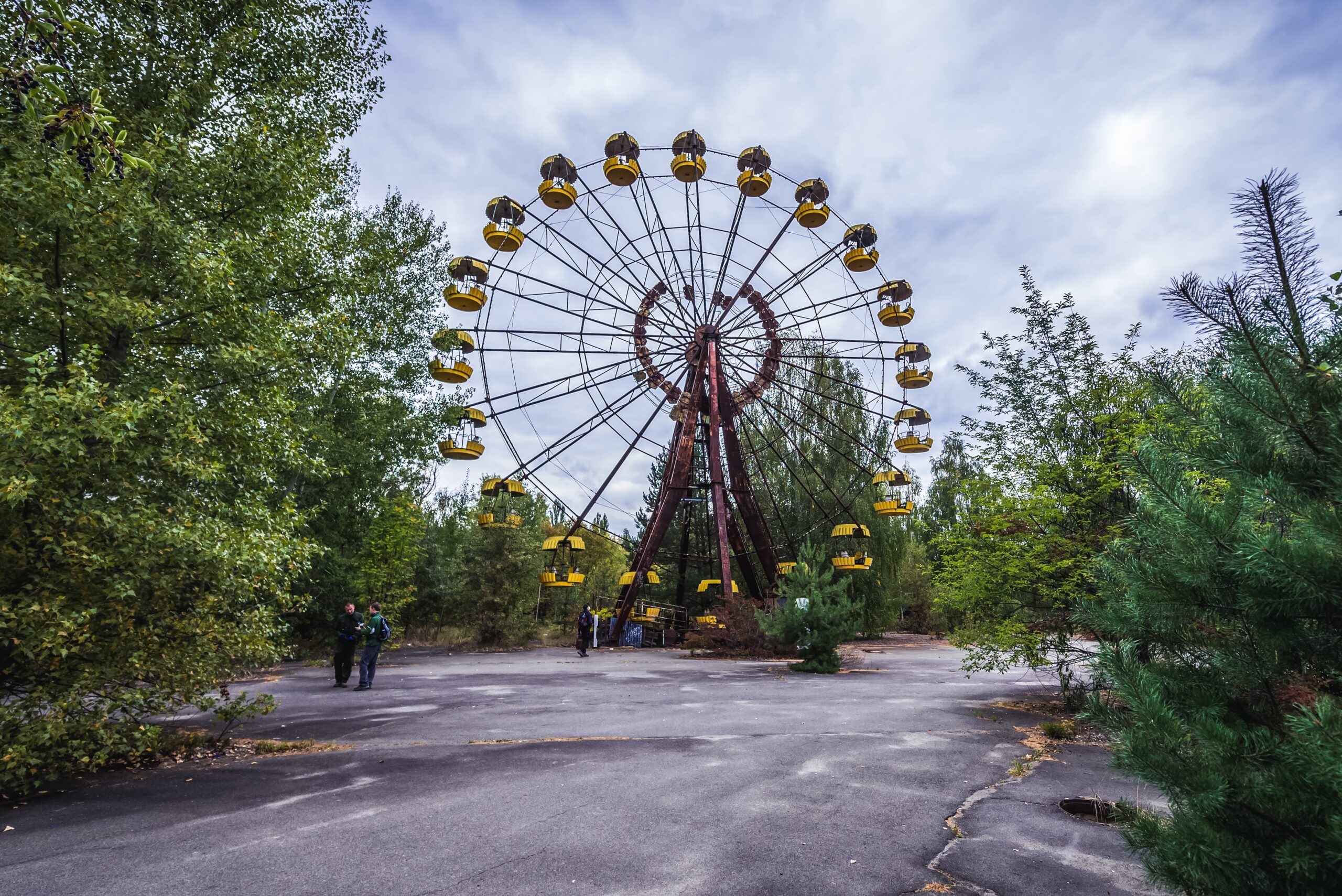
Pripyat is a haunting reminder of the Chernobyl disaster in 1986. Once a thriving city for workers, it was evacuated overnight due to radiation. Nature has reclaimed the buildings, with trees and plants growing inside former homes. The iconic Ferris wheel stands as a ghostly symbol of interrupted joy and lost life. Walking through Pripyat feels like stepping into a frozen moment in time, surrounded by silence.
Kolmanskop, Namibia
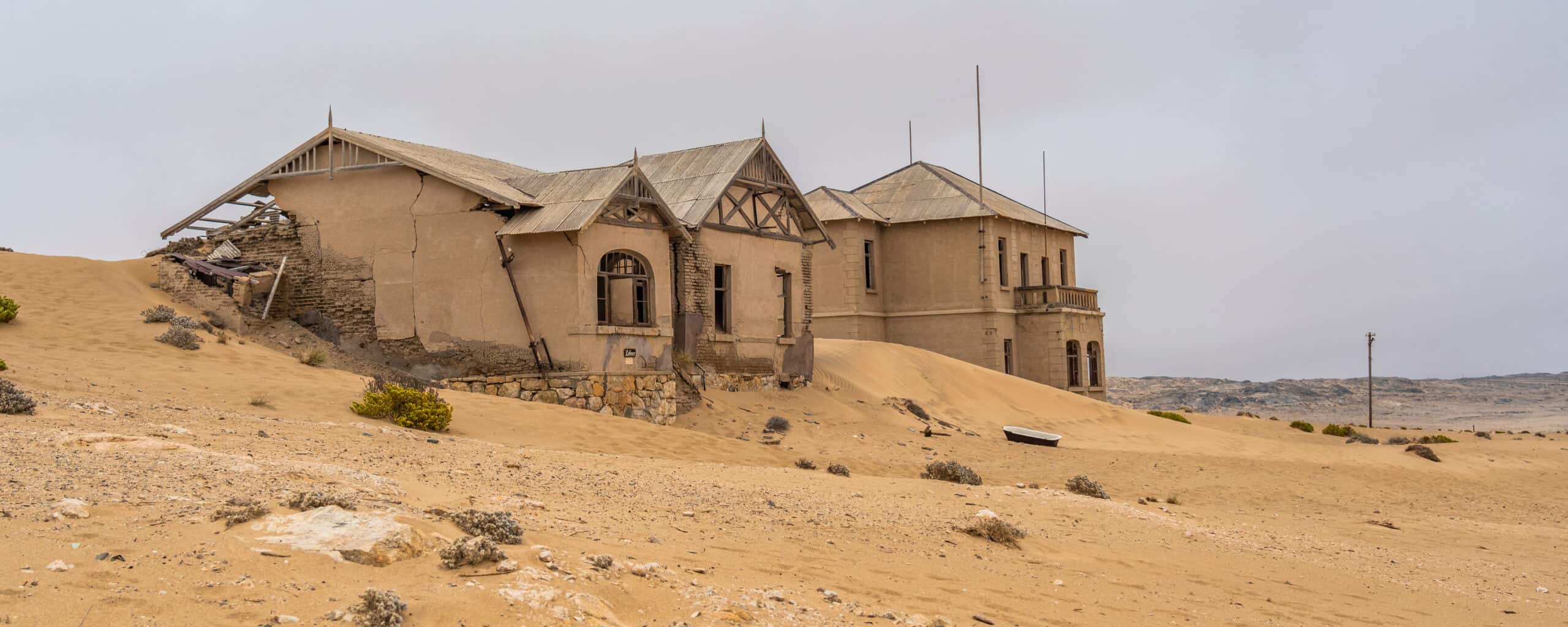
Kolmanskop was once a bustling diamond mining town in the early 1900s. The desert slowly swallowed it after the diamonds ran out and miners left. Sand-filled homes and buildings create a surreal, otherworldly atmosphere, with sand dunes overtaking floors and walls. The town’s grand structures, like the ballroom and hospital, are now eerie skeletons of their former glory. Kolmanskop stands as a stark reminder of nature’s relentless reclaiming power over man-made creations.
Hashima Island, Japan
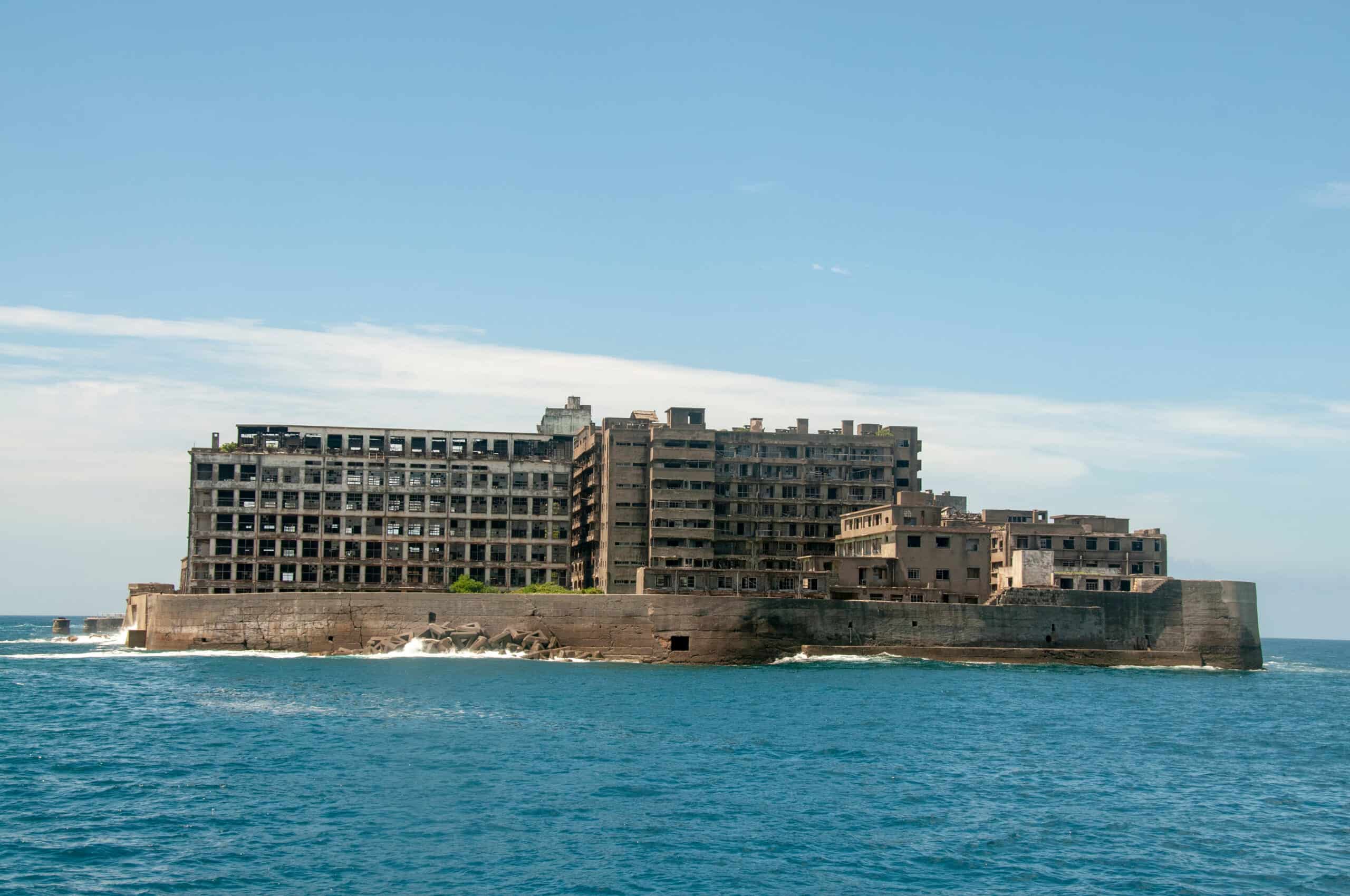
Hashima Island, also known as Battleship Island, was once a coal mining hub during Japan’s industrial boom. It became one of the most densely populated places on earth, with towering apartment blocks and a tight-knit community. The mine closed in 1974, and the island was abandoned almost overnight, leaving everything behind. Concrete buildings now crumble under the weight of time, with windows shattered and walls covered in moss. Hashima’s eerie, deserted landscape has been frozen in history, a stark contrast to its former liveliness.
Oradour-sur-Glane, France
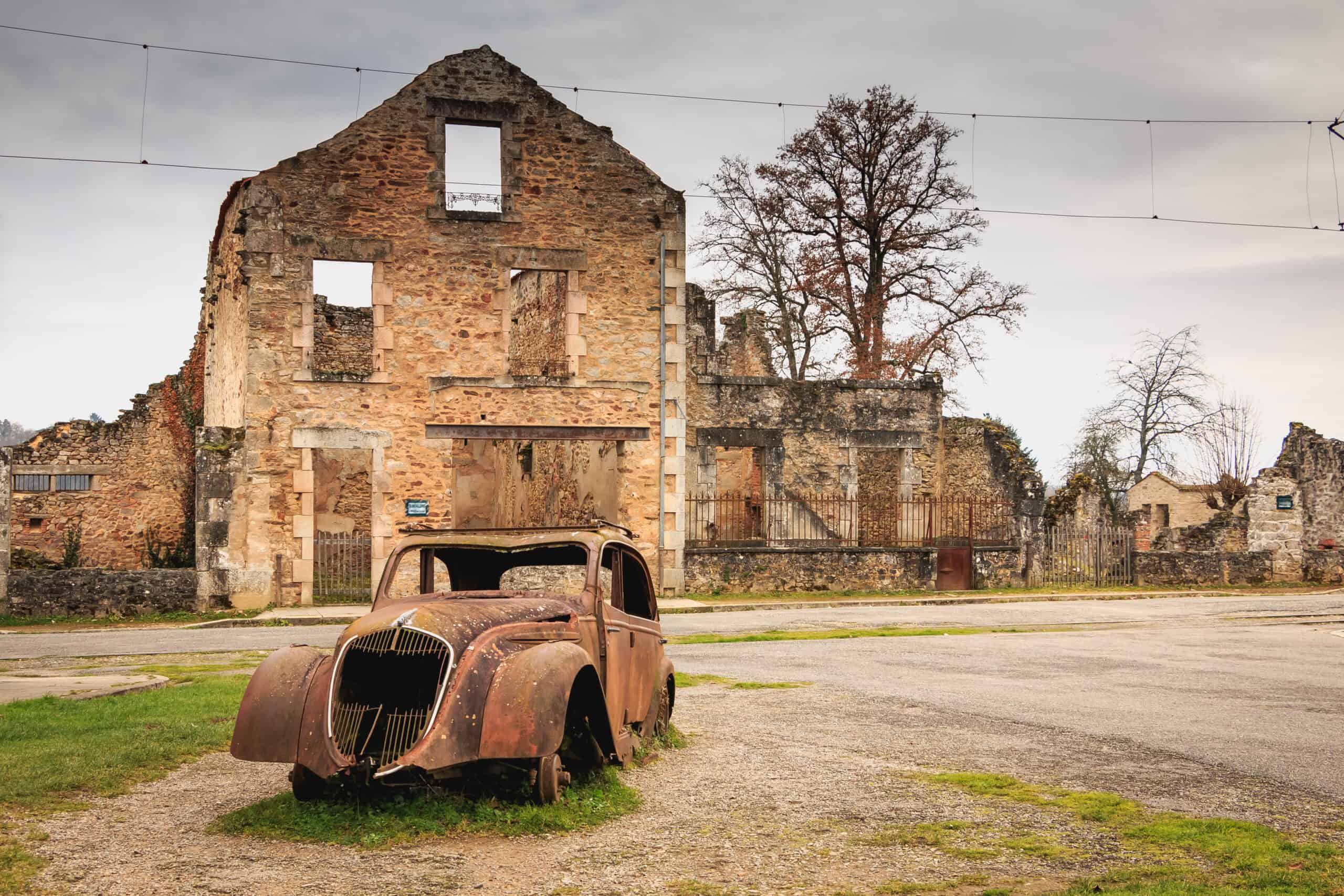
Oradour-sur-Glane stands as a solemn war memorial and a reminder of the horrors of World War II. In 1944, Nazi soldiers massacred the village’s inhabitants, destroying the town in a brutal attack. The town has been preserved exactly as it was left, with burnt-out cars and bullet-riddled walls. The church where many villagers were killed remains a haunting focal point. Walking through Oradour-sur-Glane is a deeply moving experience, with every corner telling the tragic story of a lost community.
Craco, Italy
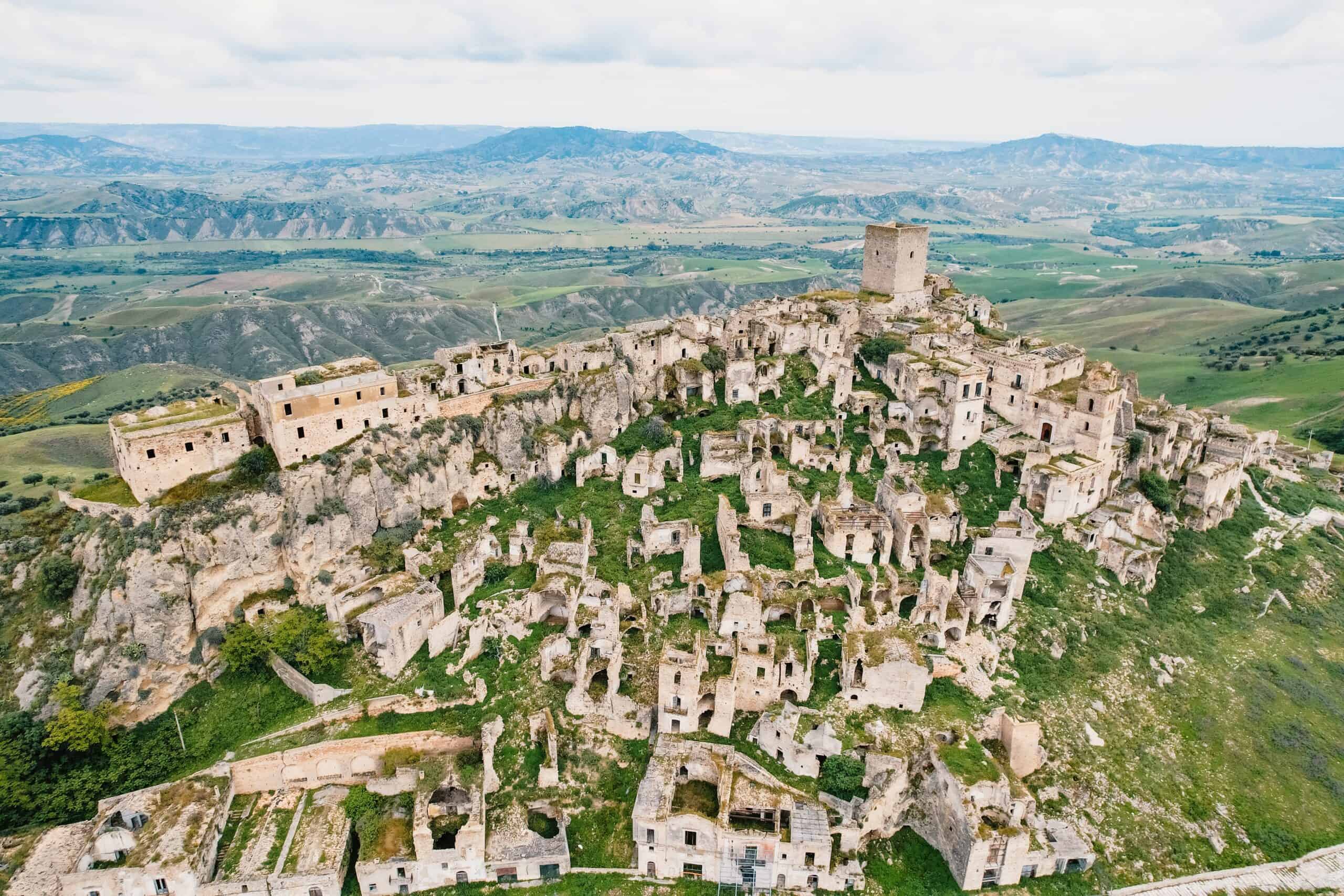
Craco is a medieval hilltop town with a history dating back to the 8th century. It was abandoned in the 1960s due to landslides and poor infrastructure. Its ancient stone buildings now stand empty, with roofs caved in and walls crumbling. The narrow, winding streets are silent, haunted by the past, with echoes of its once-vibrant community. The town’s dramatic location on a steep hill makes it both beautiful and eerie, offering panoramic views of the surrounding countryside. Craco feels like a place where time has truly stopped, with its rich history frozen in decay.
Centralia, Pennsylvania, USA
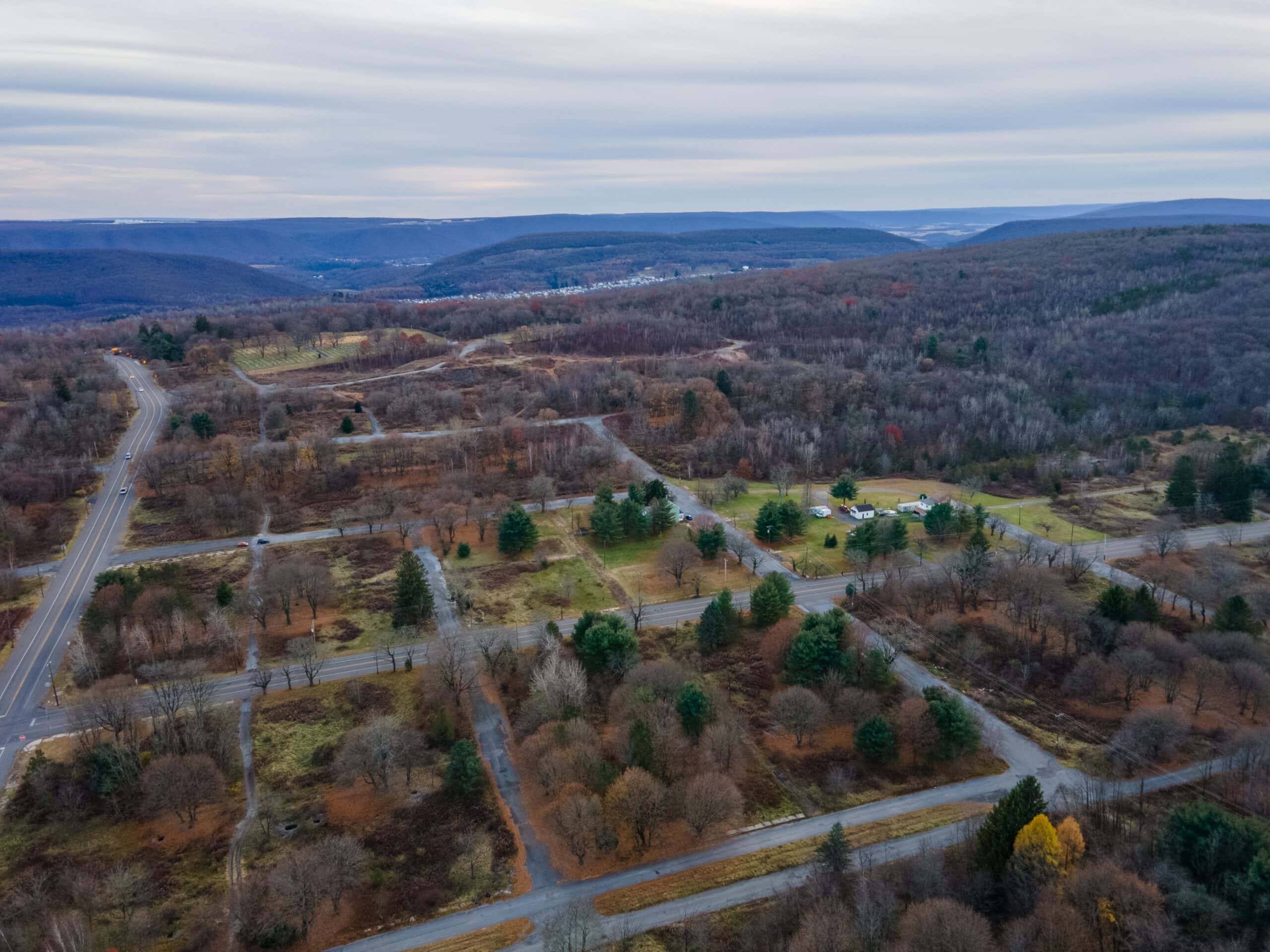
Centralia was once a thriving coal mining town. In 1962, a fire ignited in the underground coal seams, causing the ground to burn uncontrollably. Smoke still seeps from the ground, and the air is filled with toxic fumes. Most residents fled, leaving the town nearly empty. Today, the streets are cracked, and nature is slowly reclaiming the area. Centralia is a ghostly reminder of human miscalculations.
Pyramiden, Svalbard, Norway
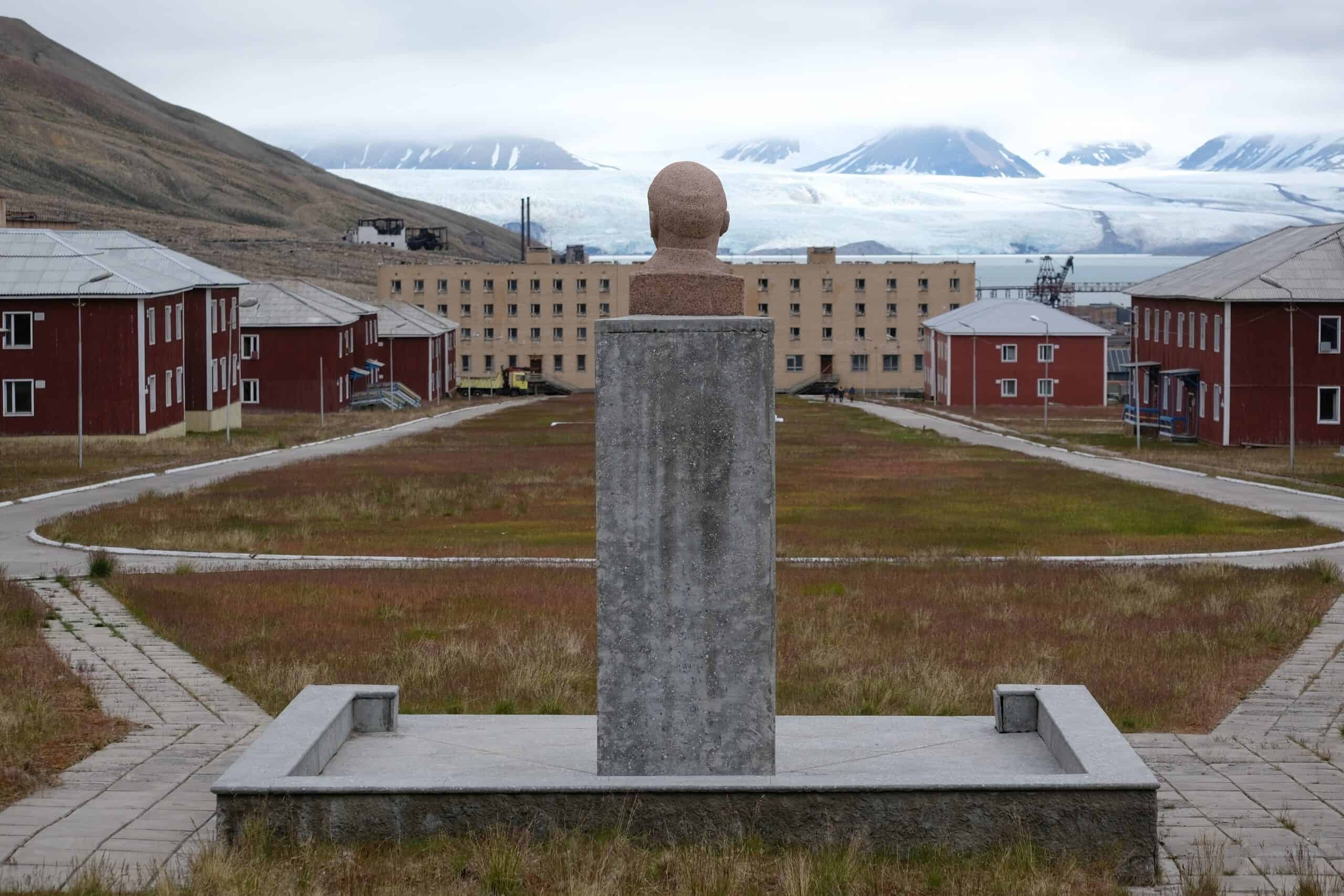
Pyramiden was a Soviet coal mining settlement in the Arctic. Harsh conditions and economic shifts led to its abandonment in 1998. The town remains frozen in time, with buildings and equipment left as they were. Snow-covered streets and empty structures give it an eerie, post-apocalyptic feel. Few tourists visit, making it one of the most isolated abandoned cities in the world. The untouched nature adds to its haunting beauty.
Agdam, Azerbaijan
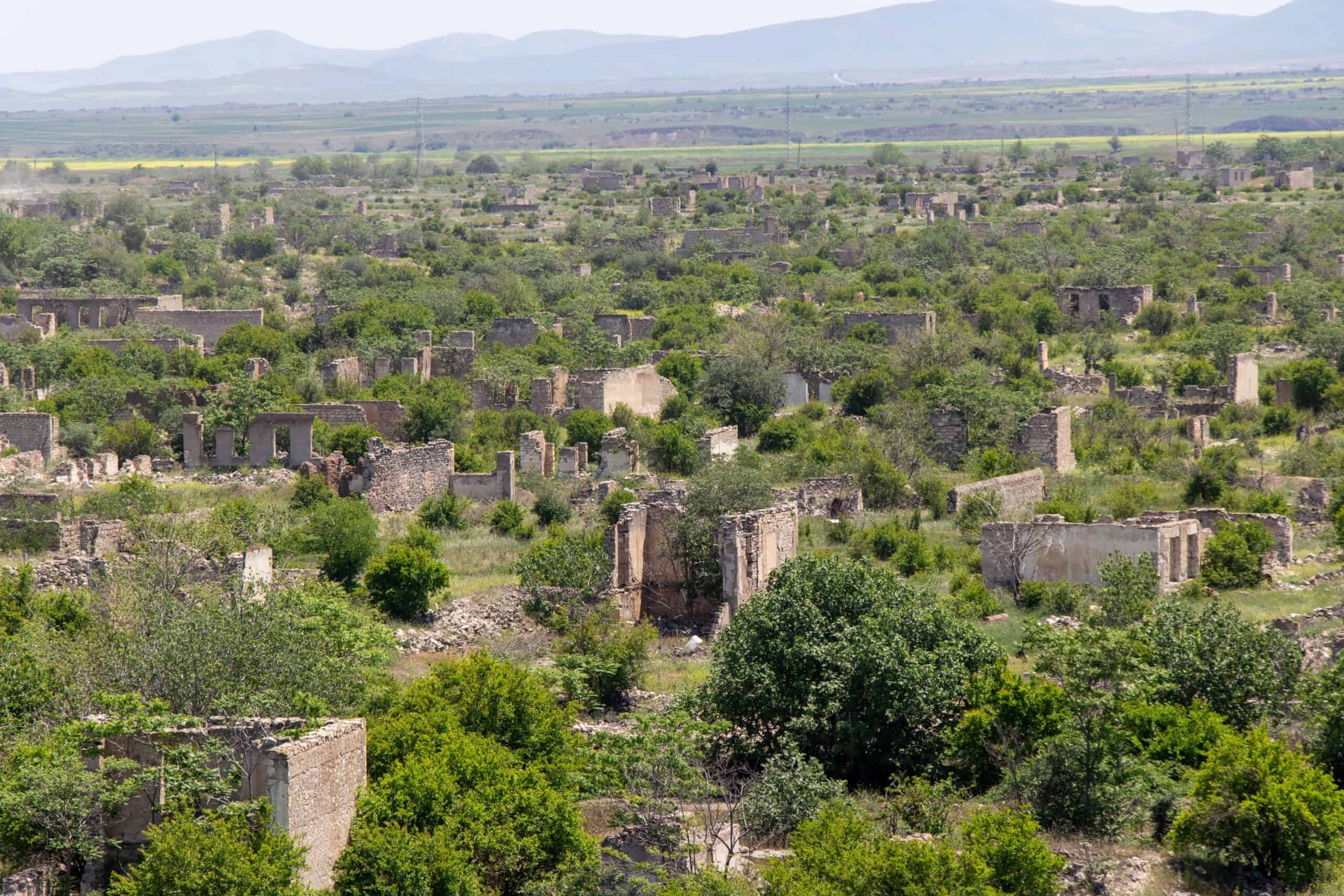
Agdam was a bustling city before the Nagorno-Karabakh War. It was seized and destroyed in 1993, forcing the entire population to flee. Buildings were left in ruins, and vegetation now covers much of the city. The silence is overwhelming, with only the wind and birds disturbing the peace. Agdam is often referred to as the “Hiroshima of the Caucasus.” It stands as a stark reminder of the consequences of war.
Varosha, Cyprus

Varosha was once a glamorous seaside resort. In 1974, Turkish forces invaded, causing residents to flee. The area was sealed off and remains under military control. Hotels and shops are now decaying, frozen in time. The once-bustling beaches are deserted, and vegetation grows unchecked. Varosha’s eerie silence contrasts with its past vibrancy. It’s a ghost city that tells a story of conflict and division.
Villa Epecuén, Argentina
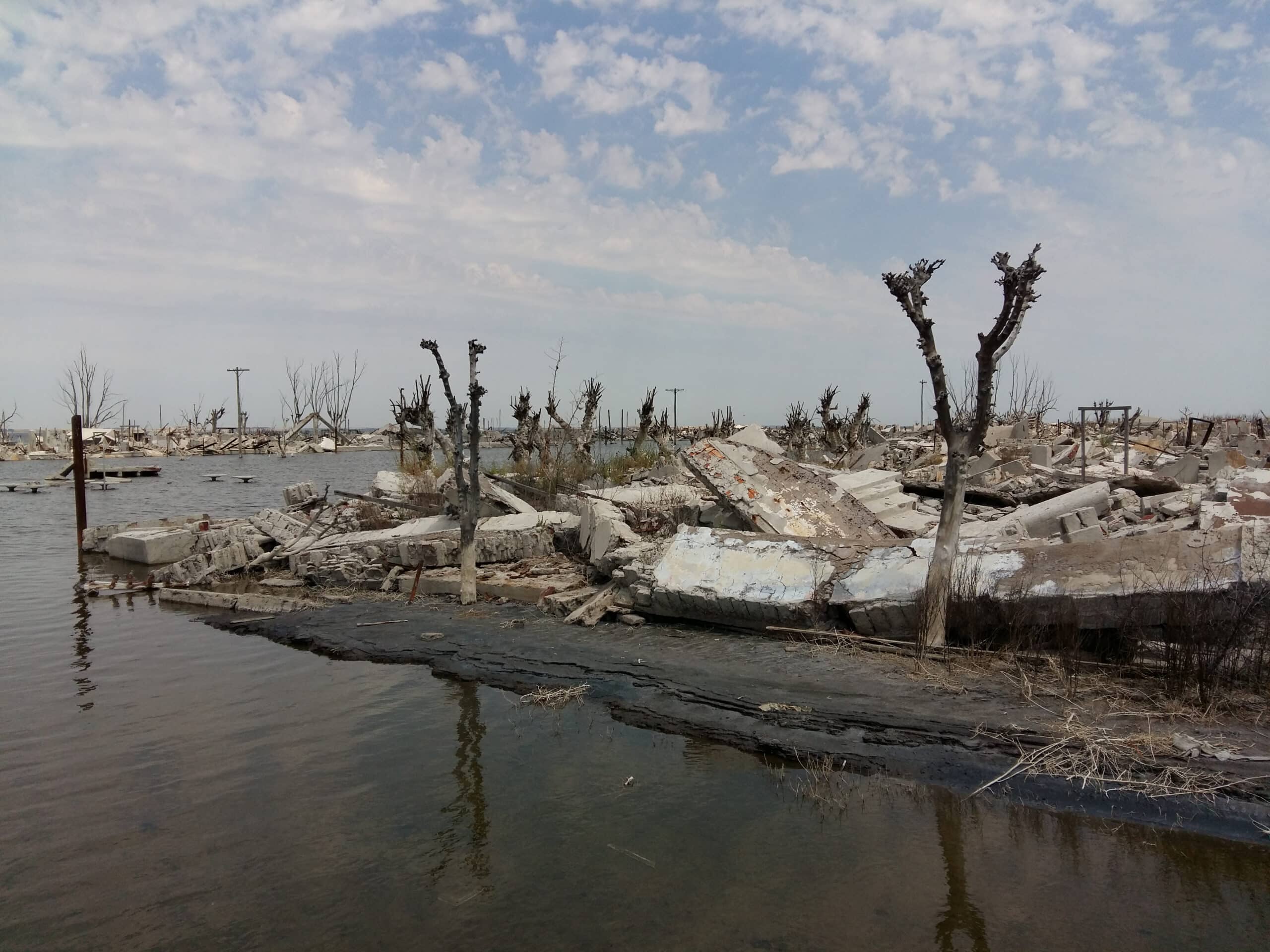
Villa Epecuén was a tourist town near a saltwater lake. In 1985, a dam burst, flooding the town and submerging it for decades. The waters receded in 2009, revealing a ghostly landscape. Buildings are heavily corroded, and salt crystals cover everything. The town’s eerie beauty draws in curious visitors. Villa Epecuén stands as a haunting reminder of nature’s destructive power.
Beichuan, China
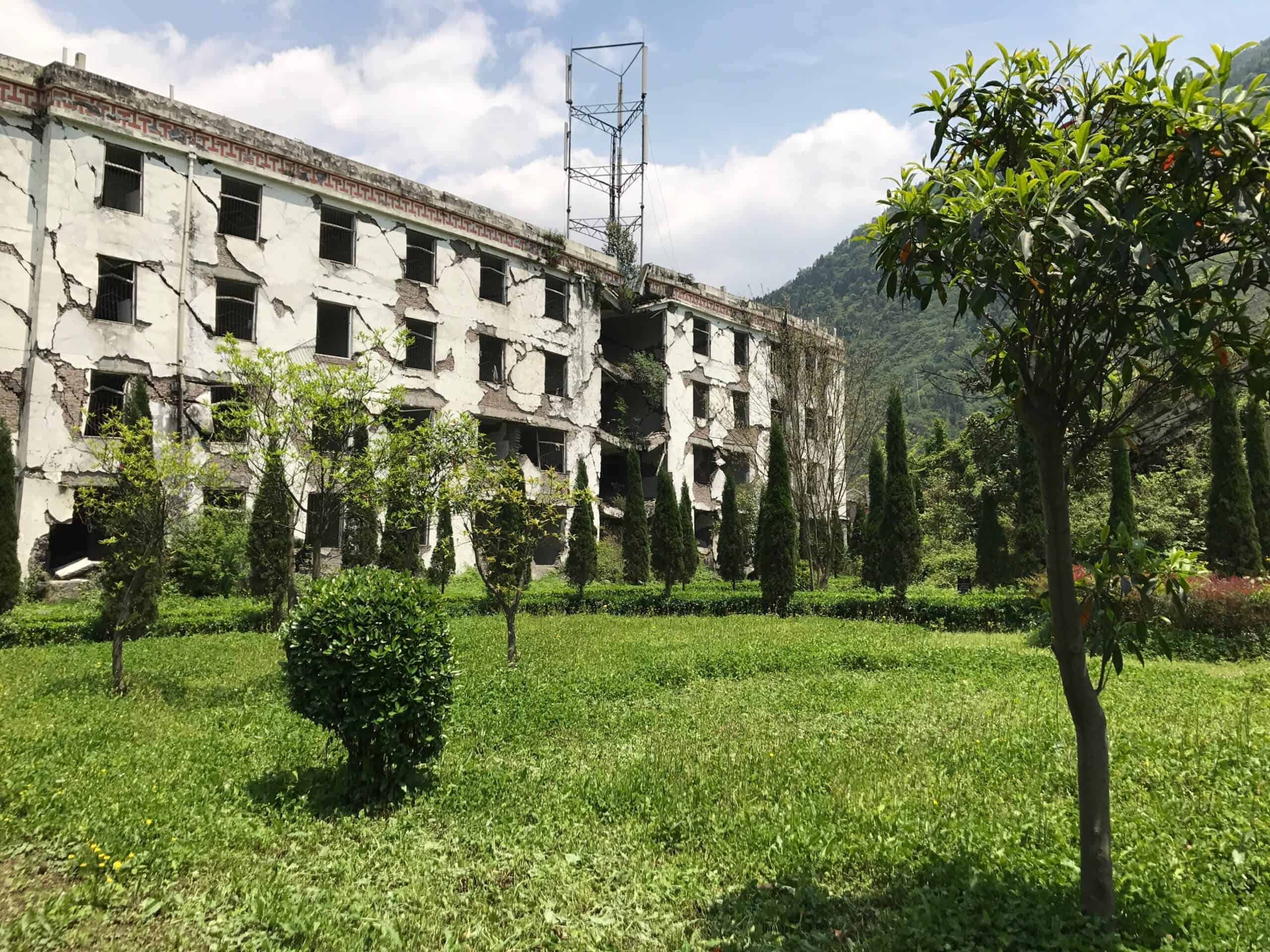
Beichuan was devastated by a massive earthquake in 2008. The city was left in ruins, and nearly 20,000 people perished. The government preserved it as a memorial, with most of the city left untouched. Collapsed buildings and abandoned streets serve as a stark reminder of the disaster. The silence in Beichuan is palpable, broken only by the sounds of nature reclaiming the land. The city is a poignant symbol of loss and remembrance.
Ordos, China
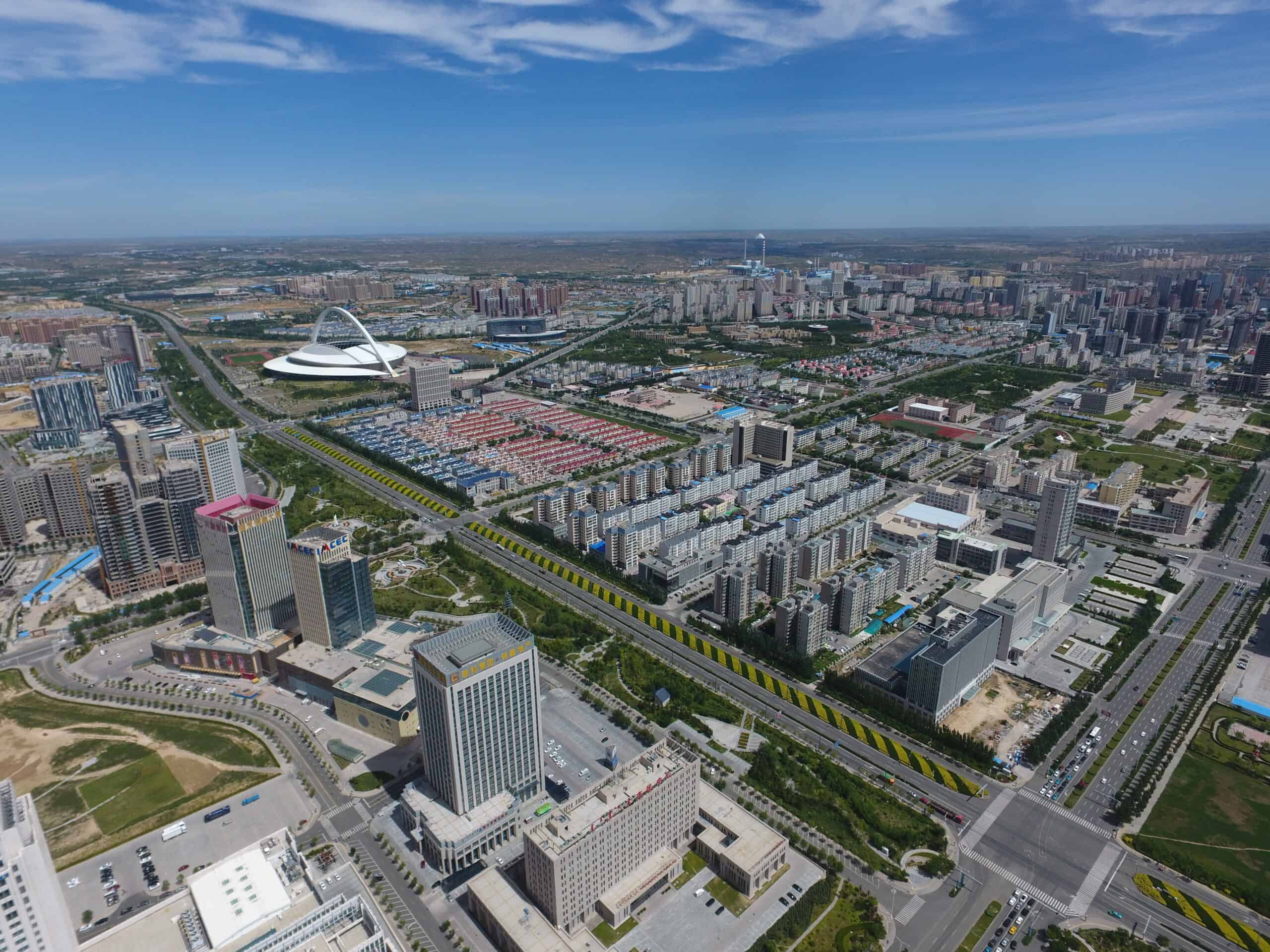
Ordos was designed as a futuristic metropolis. Built in Inner Mongolia, it was intended to house over a million people. However, high property costs and lack of infrastructure kept residents away. Today, vast areas remain empty, with modern buildings standing eerily vacant. The city is often called the “Ghost City of China.” Despite its advanced design, Ordos is a silent testament to overambition.
Kayaköy, Turkey
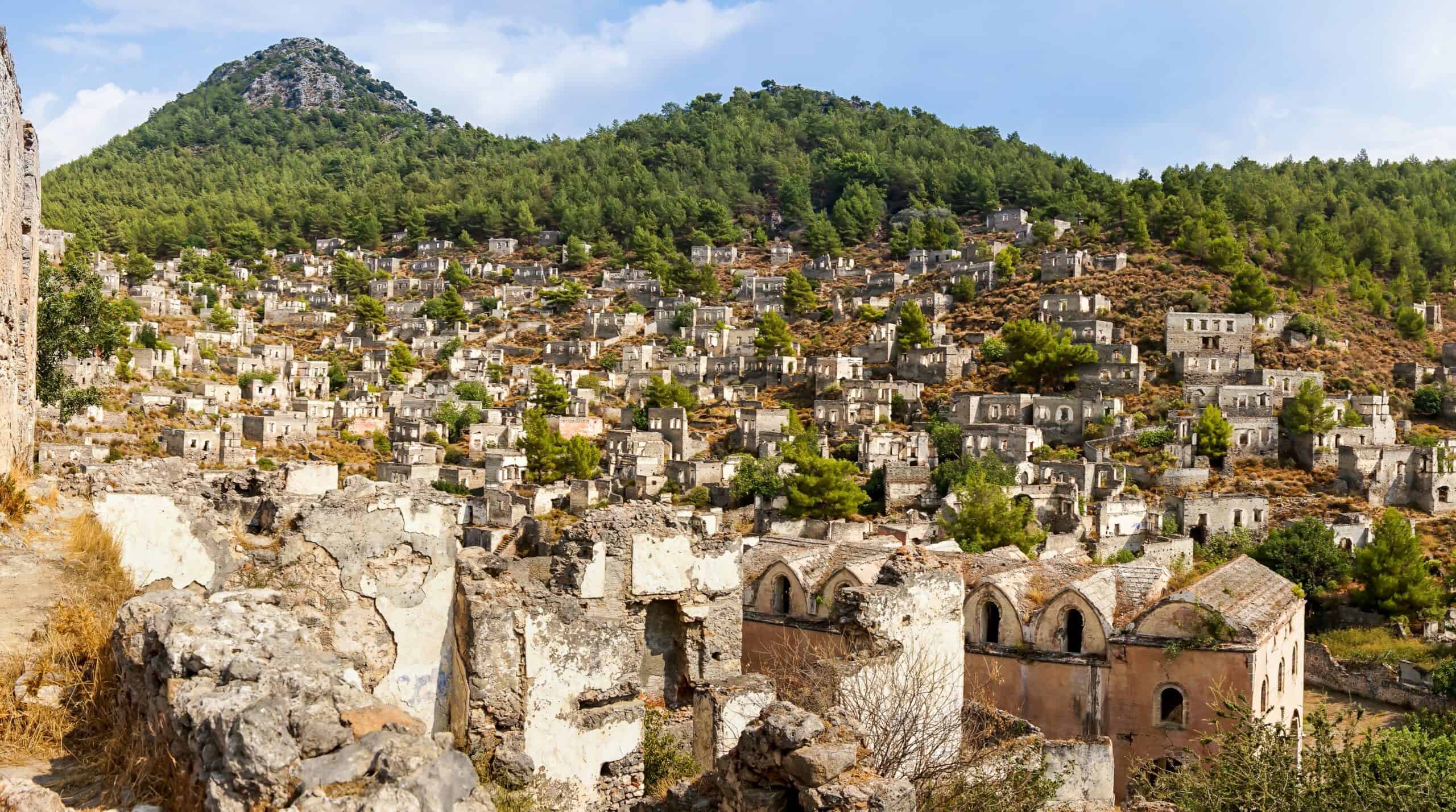
Kayaköy was a vibrant Greek village in southwestern Turkey. In 1923, a population exchange between Greece and Turkey led to its abandonment. Stone houses, churches, and schools now lie in ruins. The village’s once lively streets are silent, overtaken by nature. Kayaköy stands as a haunting reminder of political upheaval. The eerie, decaying structures attract visitors who seek a glimpse into the past.
Tianducheng, China
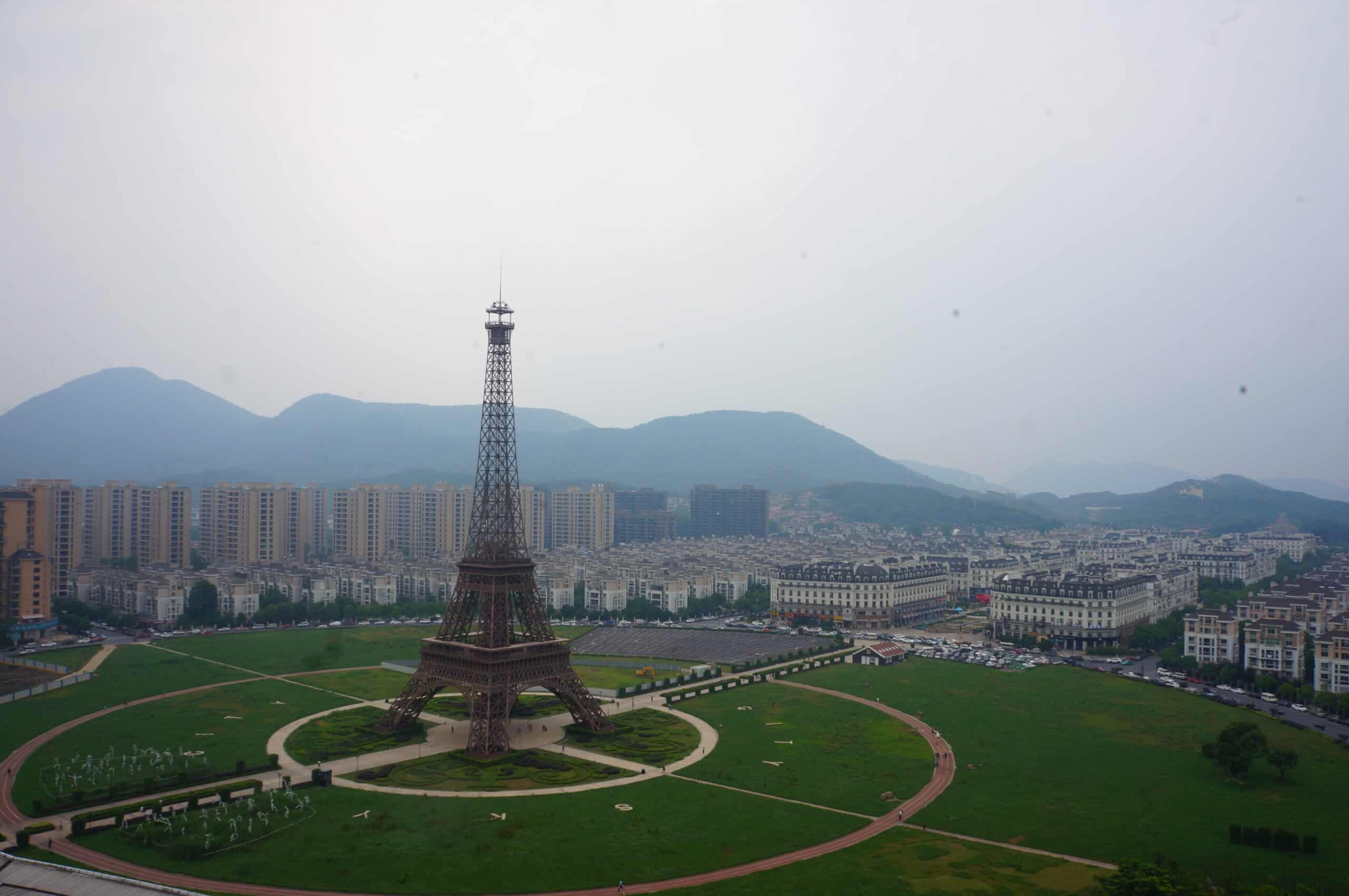
Tianducheng was built as a replica of Paris. Located near Hangzhou, it features a miniature Eiffel Tower and French-style architecture. Planned as a luxury residential area, it failed to attract residents. The city now stands largely empty, with empty streets and decaying buildings. The eerie silence contrasts with its romantic design. Tianducheng is a surreal, ghostly version of the French capital.
Tskaltubo, Georgia
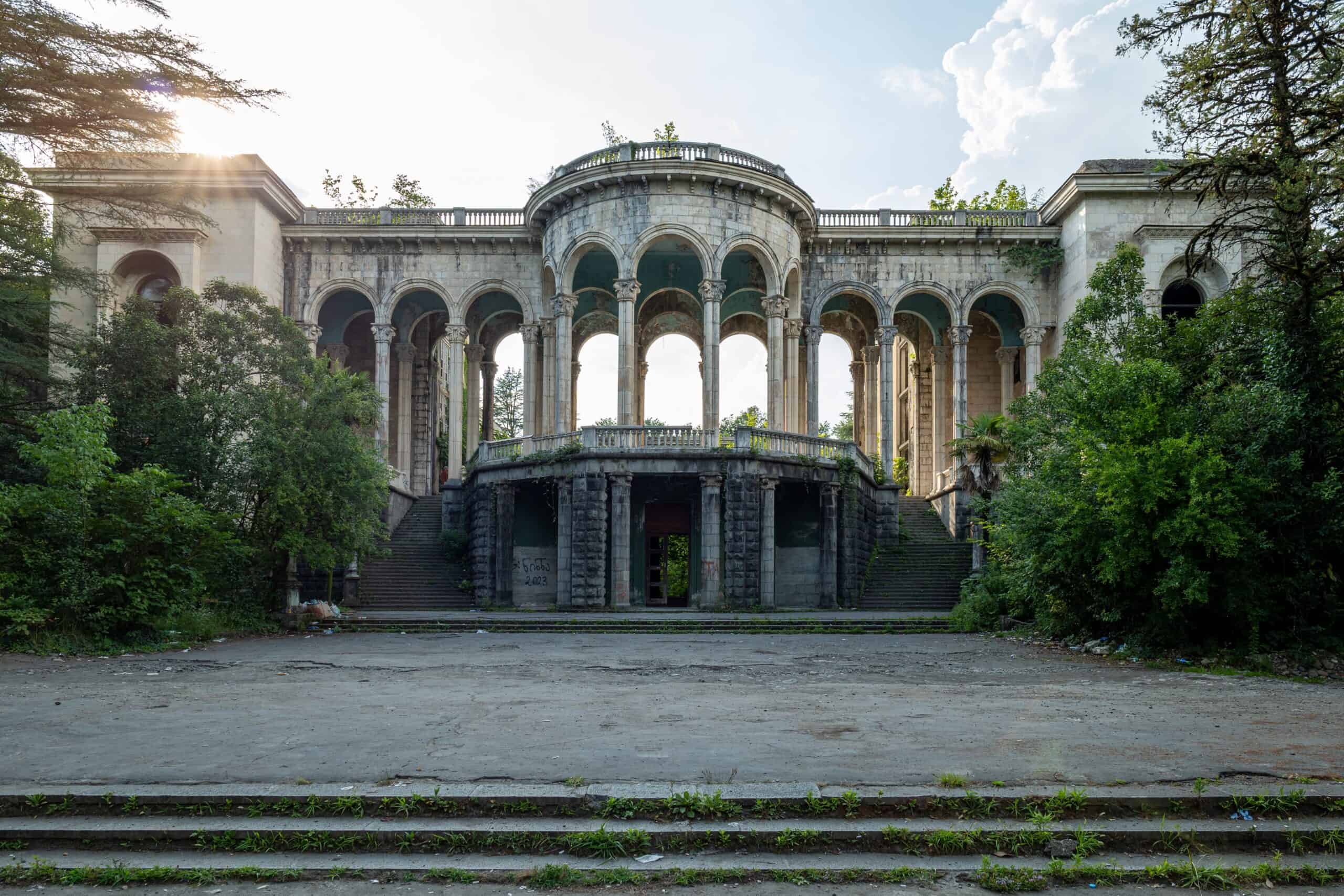
Tskaltubo was a popular Soviet-era spa town. Located in Georgia, it attracted visitors seeking the therapeutic benefits of its mineral springs. After the Soviet Union’s collapse, the town was largely abandoned. Grand, decaying sanatoriums now stand empty, filled with silence. The once-bustling resort is now a ghostly relic of the past. Tskaltubo’s eerie charm draws visitors fascinated by its history.
Kadykchan, Russia
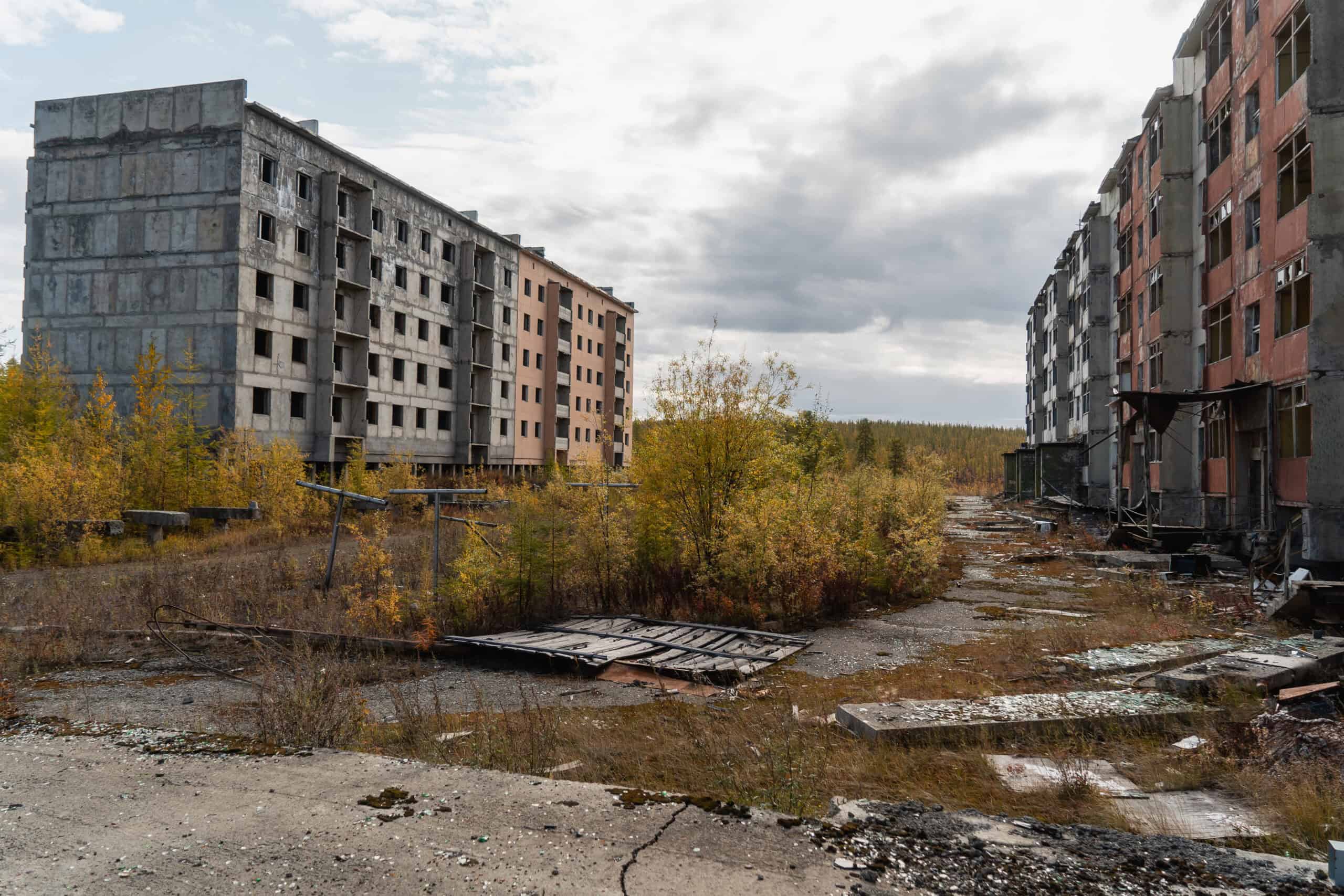
Kadykchan was a Soviet mining town in the Russian Far East. Built during World War II, it thrived on coal mining. The collapse of the Soviet Union and a fatal explosion led to its abandonment. Buildings stand frozen in time, with personal belongings still inside. The town’s eerie emptiness contrasts with its once-busy past. Kadykchan is a haunting relic of the Soviet era.
Herculaneum, Italy
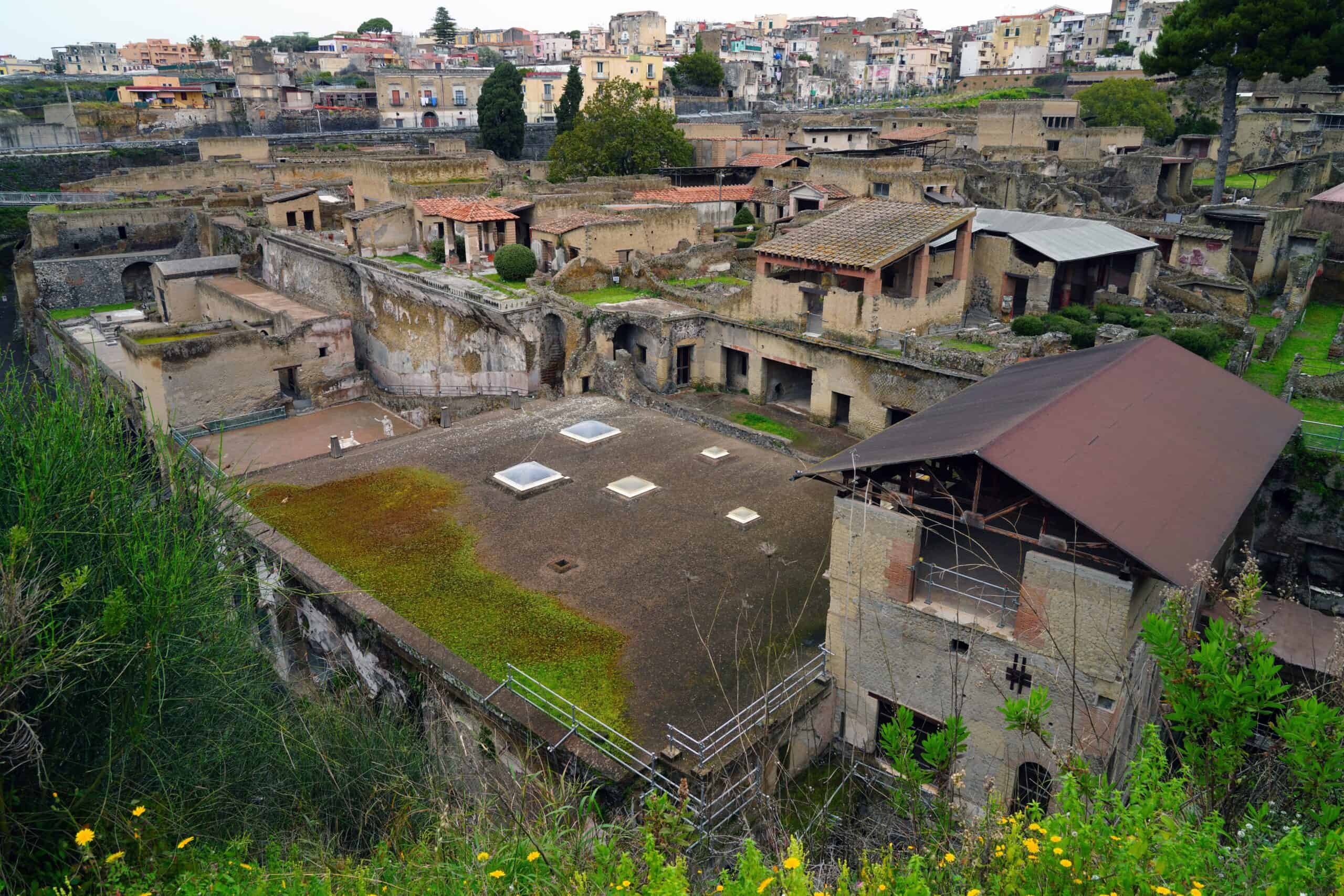
Herculaneum was a prosperous Roman city near Mount Vesuvius. In 79 AD, a volcanic eruption buried it in ash and pumice. The city was preserved in an almost perfect state, yet was forgotten for centuries. Excavations reveal well-preserved buildings, artifacts, and even human remains. The eerie silence contrasts with the vibrant life once lived here. Herculaneum is a haunting snapshot of life frozen in time.
Plymouth, Montserrat
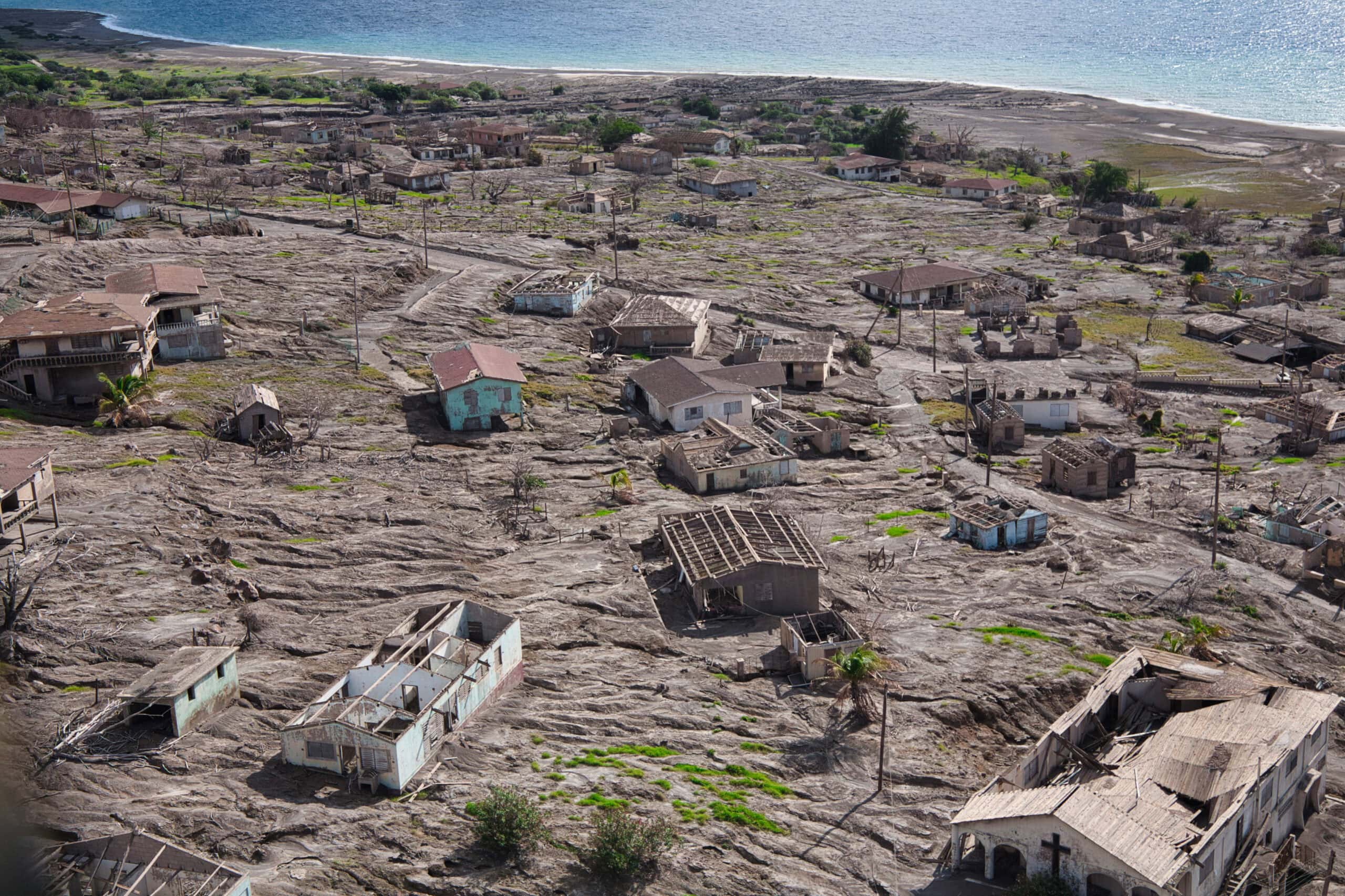
Plymouth was once the capital of Montserrat, a Caribbean island. In 1995, the Soufrière Hills volcano erupted, burying the city in ash. Residents fled, leaving behind homes, businesses, and government buildings. The city now lies abandoned, half-buried under volcanic debris. The eerie, ash-covered streets are a stark reminder of nature’s force. Plymouth is often called the “Pompeii of the Caribbean.”
Fengdu Ghost City, China
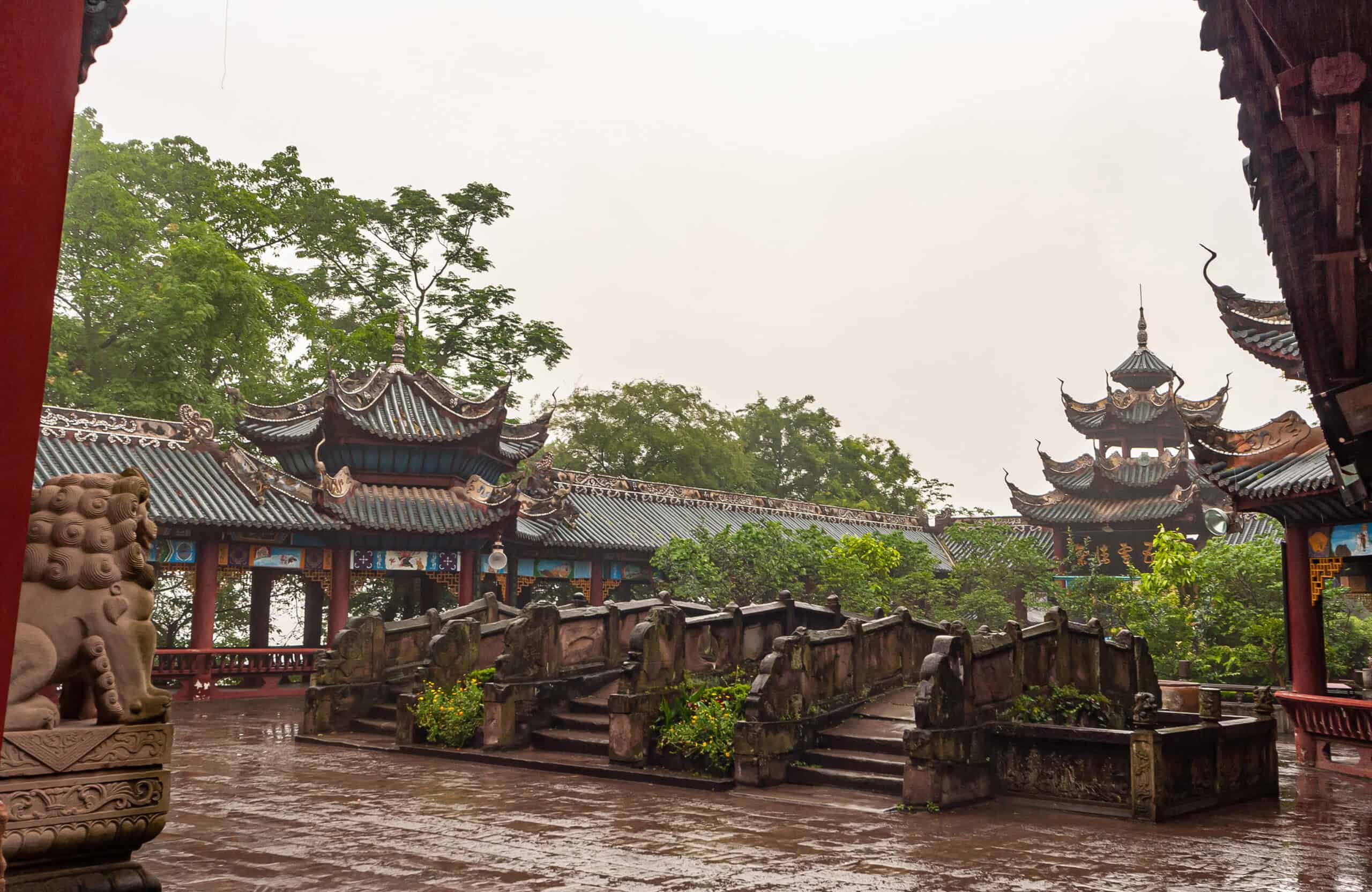
Fengdu Ghost City is a complex of temples and shrines on the Ming Mountain. It is believed to be the gateway to the afterlife in Chinese mythology. Abandoned centuries ago, the city has an eerie, otherworldly atmosphere. Statues of demons, ghosts, and tortured souls fill the area. The site is both a tourist attraction and a place of deep spiritual significance. Fengdu is a haunting blend of history and legend.
This article originally appeared on Rarest.org.
More from Rarest.org
13 Leading Advertising Agencies with High-Profit Margins

In the fast-paced world of advertising, certain agencies stand out not just for their creativity but also for their ability to generate impressive profit margins. Read More.
14 Rarely Heard Folktales and Legends
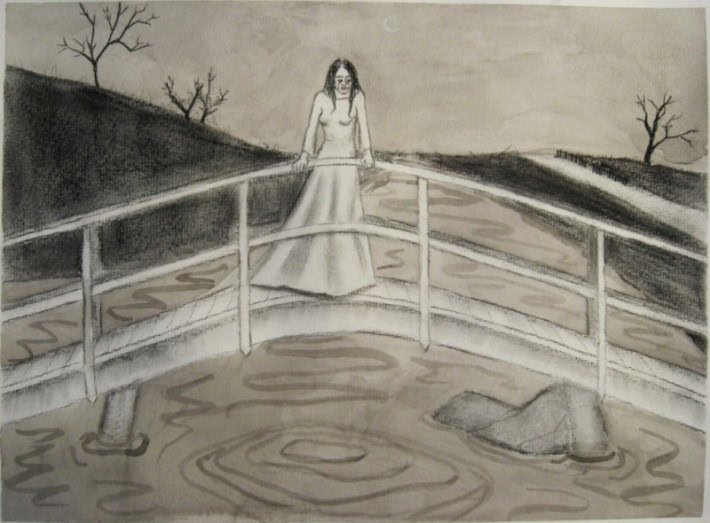
Folktales and legends have been passed down through generations, weaving together the cultural fabric of communities around the world. Read More.
15 Amphibians Revived Through Conservation Efforts

Conservation efforts have played a vital role in reviving many amphibian species that were once on the brink of extinction. Read More.
